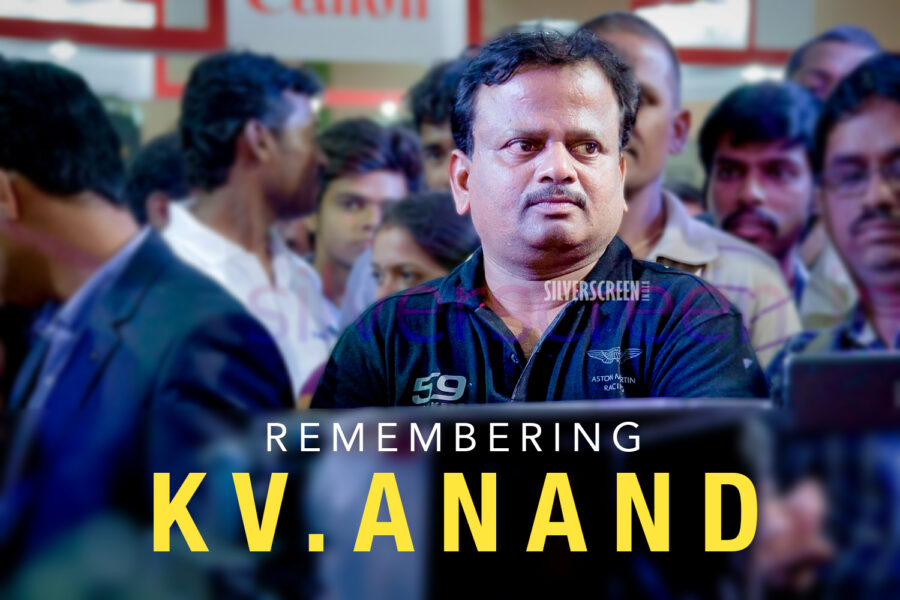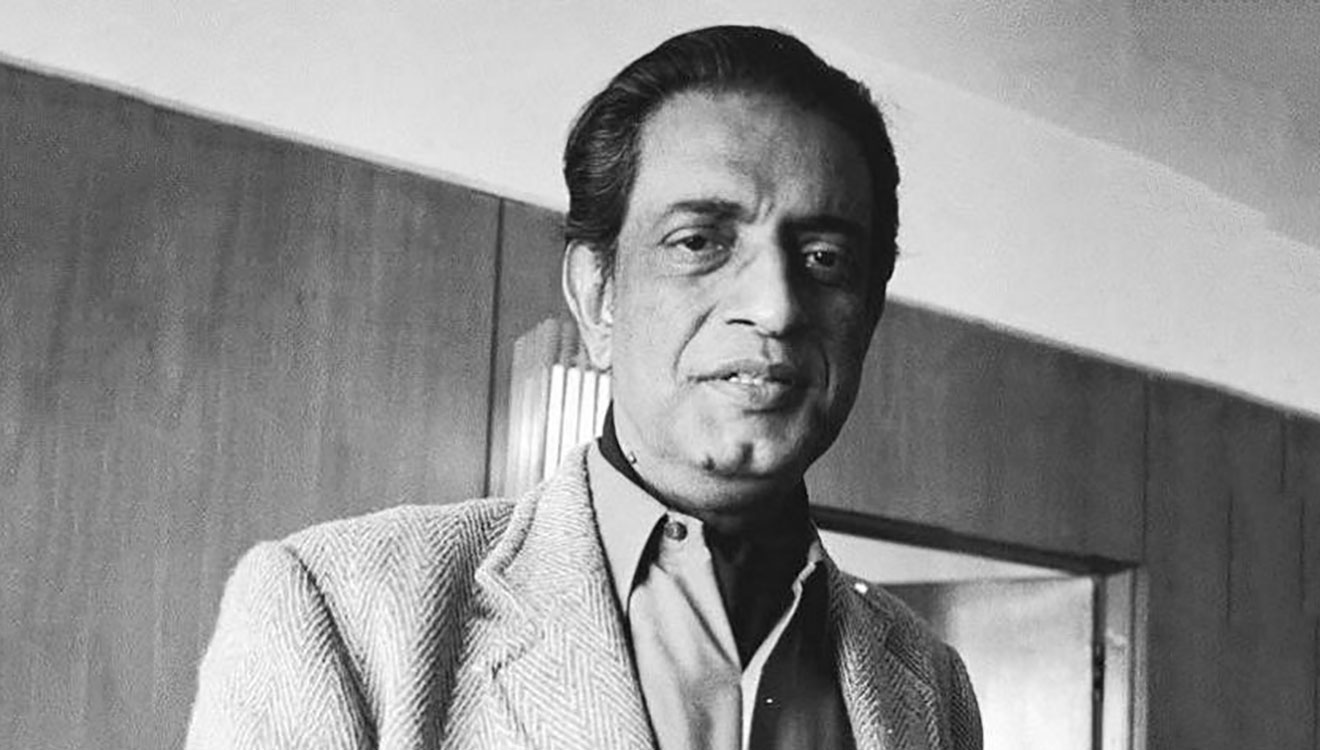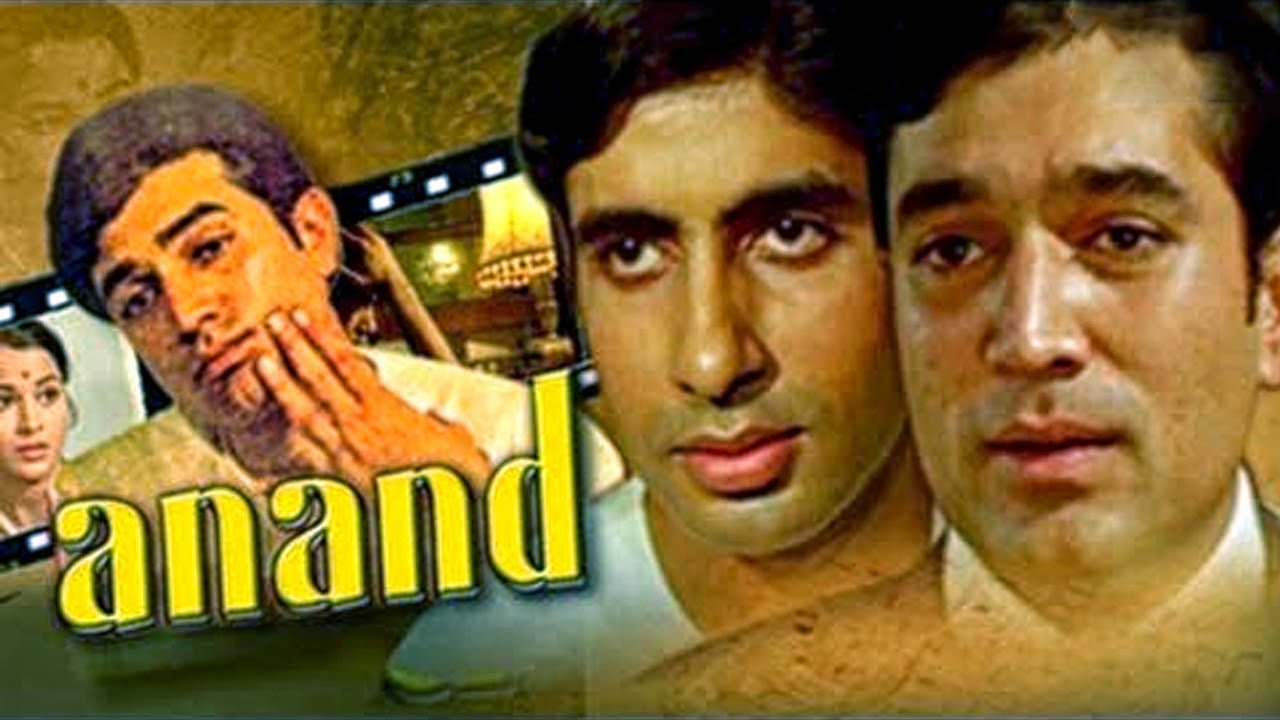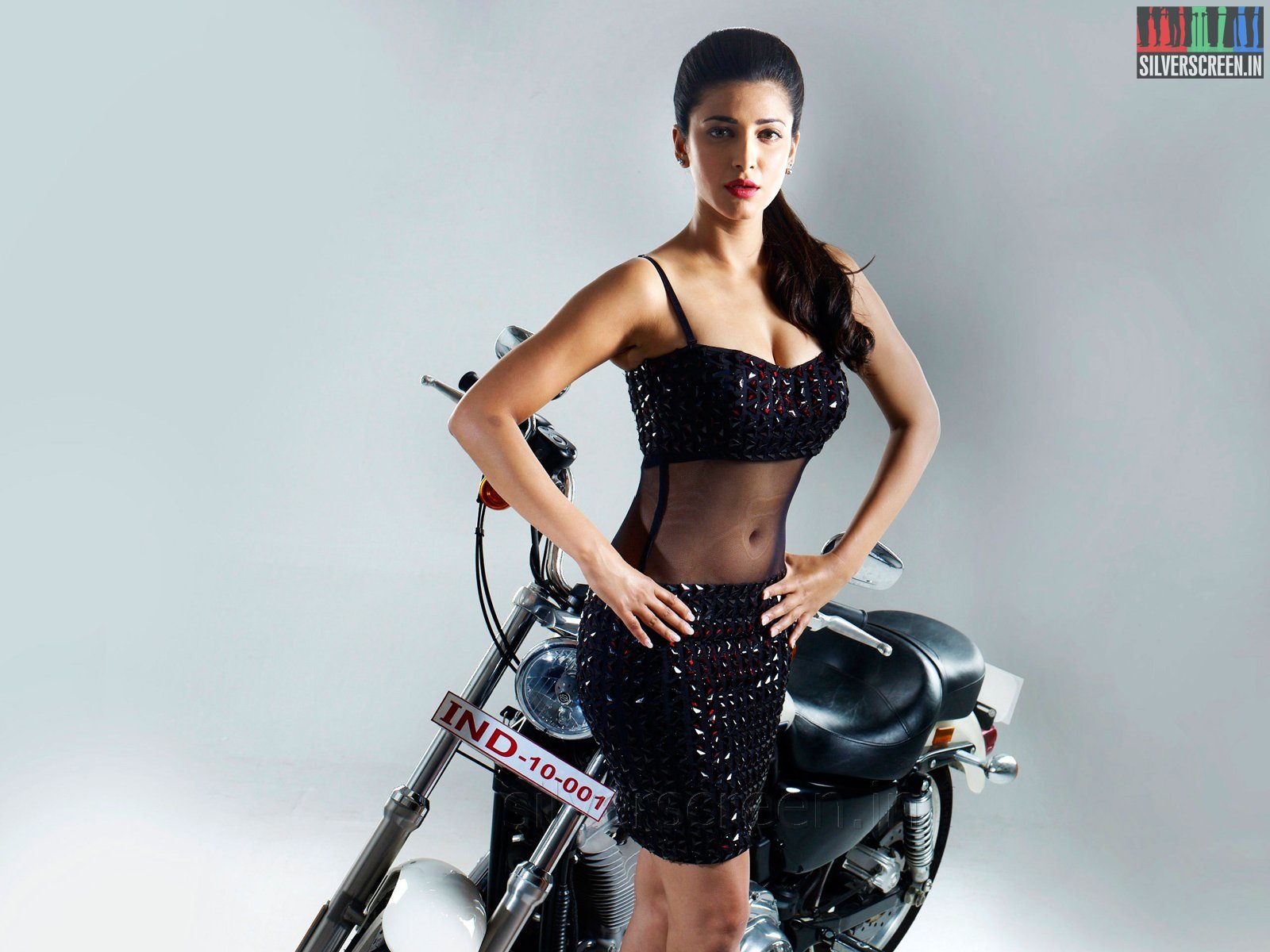A producer’s favourite, taskmaster, brilliant technician, humble human being, lover of indie films and organic farming. These are few words used to describe late cinematographer-turned-director KV Anand by his collaborators and former assistants.
Today marks a year since Anand’s demise, a polite trailblazer who wielded both the megaphone and the camera through his nearly three-decade-long stint in the film industry. The late filmmaker died last year, after suffering a cardiac arrest at the age of 54. His death, which came in soon after the demise of another veteran of the industry, comedian Vivek (on April 17), shook the Tamil film fraternity.
Anand started his career as a photojournalist and worked as a freelancer with publications like Kalki and India Today.
Anand, who was inspired by the works of American photographer Ansel Adams, was not very fond of digital photography. However, it was while working as a photojournalist that he had met his regular collaborators, the writer duo Subha (portmanteau of D Suresh and AN Balakrishnan). They served as writers for all of Anand’s directorials except for his last film Kaappaan (2019).
“When publishing our novels, we needed innovative covers for them. Anand used to provide photographs for them and his work was stunning. He had a separate fanbase back then, as well because his work was very popular,” writer Suresh tells Silverscreen India. Anand, he adds, evolved from there to become a cinematographer and eventually, a director.
In 1994, Anand wielded the camera for the first time for the Malayalam romantic comedy film Thenmavin Kombath. Subsequently, he worked as a cinematographer for notable films like Kadhal Desam, Nerukku Ner, Mudhalvan, and Sivaji, to name a few.
He made his directorial debut with Kana Kandaen (2005), which marked his first film collaboration with Subha. The story was adapted from the duo’s novel Pudhaithaalum Varuven.
“He worked with different directors as a cinematographer to acquire varied approaches to filmmaking. Once he felt like he had reached a saturation point there, he turned towards direction. He never interfered in the camerawork of his own films. It was his conscious decision to keep his cinematography and direction apart. When he decided to direct, he came to us for a story,” says Suresh.
Four years later, Anand made his second film, Ayan, starring Suriya. The film dealt with the underworld and drug smuggling, and featured scenes shot at an airport. For this, Suresh tells us, the team rented the old airport in Bengaluru on an hourly basis. “While inspecting the location, he promptly looked for all possible places to shoot, so as to make the most of the airport rent. He was very careful about financial matters and did not spend unnecessarily. He was a producer’s favourite,” he adds.
Director Deekay, who began assisting Anand with Kanaa Kandein, and later co-directed Maattrraan, Ko, and Ayan, recalls his own experience with this aspect of the filmmaker, when filming the Amali Thumali song (from Ko) in Norway. “We had found a beautiful place with boulders while scouting for locations. However, it was not very accessible and we had to trek all the way up there. Once we had gone there, there was so much mist that we could barely see the person standing next to us. I was the only assistant there, at the time. He insisted that we carry on with the shot, given that so many people had come all the way. We got a gap of half an hour between the fog and sunset and filmed around 4-5 shots there. A lot of directors would have called it off right away, but he was conscious of the financial aspect and made sure the work was completed.”
“Aside from being extremely creative, he was visually adept, especially while presenting songs,” adds Suresh. “He was a brilliant craftsman.”
Suresh also reveals that Anand had penned some applause-worthy dialogues for Ko. “We usually wrote the dialogues, but he used to put forth his suggestions, with respect to some key dialogues.”
He further remembers how the filmmaker always acknowledged the contributions of his writers and promptly credited them. “Even during press meets, he made all the writers sit with him, and referred to them as creators. His humility always shone through.” For all his kindness and humility, Anand was still a taskmaster by nature, the writer notes.
Deekay also refers to Anand as a taskmaster on the sets, but adds that it was the late filmmaker who had encouraged him to constantly learn and read more about varied topics. He remembers Anand as an extremely fast and ethical worker. “Even if there were huge blunders, he always advised speaking the truth. Not everybody in the cinema business did that. He was very commitment-oriented and concentrated on completing one film before moving on to another,” he adds.
Despite his reputation as a taskmaster, Anand was also an empathetic boss to his assistants. Vivek, who assisted him in Anegan and Kavan, recalls his kindness during the shoot of the latter film. “In the field of cinema, there is always pressure. I had worked on the pre-production phases of Kavan but told him that I would not be able to continue on the project due to some personal issues. However, he had asked me to stay on, pointing out that it was a small film and staying a little longer would give me the credibility of having worked on two films. He gave me the motivation to work hard, while also taking care of me. He consciously avoided calling me in for shoots which were extensive and stressful.”
Muthu Ganesan, Anand’s assistant on Ayan and Kavan, and an additional dialogue writer of Kaappaan, remembers how the later filmmaker gave those working under him the freedom to explore their interests. While working as a writer, Muthu had wanted to pitch his own projects independently as well. “Sir (Anand) gave me complete freedom to do so and asked me to only write the dialogues for his film. He never interfered in what I did at other times.”
Muthu calls Anand a workaholic, but says he was quite jovial outside of work. He reveals that the late director had an interest in farming. “He was interested in organic farming and had a garden in Chennai, where he grew mangoes and melons. Once he wrapped up a film, he would go spend six months or so farming. Even last March, he had given us melons harvested from his farm.”
Recommended
Muthu also reveals that Anand’s films were in stark contrast to the cinema the late filmmaker enjoyed watching. “He had a love for indie, art house, and parallel cinema. He went to every film festival in Chennai, even before Ayan’s release. His favourite film was Citizen Kane. He also always had an interest in investigative reporting as he was a photojournalist for a major part of his life. Jiiva’s character in Ko was created using references from his own time as a freelance journalist.”
Muthu further remembers how Anand always put his audience and producers first. “He was very conscious about not wanting to let either the audience or the producers down. He did everything in his capacity to entertain audiences with his films.”
Anand was noted for embedding social messages in entertaining cinema, without being preachy. He was also renowned for using advanced technology and techniques in his works.
Vamsi Krishna, who assisted him in Ko and Maattrraan, says, “He has contributed a lot to Indian cinema, technically. He used UV lights in the song sequences in Kadhal Desam, he was the first Indian cinematographer to use Digital Intermediate (DI) process in the Hindi film Khakee. He introduced body scanning for Maattrraan. His thinking was always ahead of his times.”
Maattrraan featured Suriya in a dual role, playing conjoined twins. Speaking about this, Suresh says that when they had decided on showing the twins, Anand went through all similar films done in the past. “They usually had different actors portraying twins. Taking it up as a technical challenge to achieve this with one artist and a brilliant actor like Suriya, Anand proved his mettle. It was a real pleasure to work with him. Our vision for storytelling was enhanced by him,” the writer adds.
Vamsi says he learned a lot from Anand and adds that the director-cinematographer was a “dedicated person and purpose-oriented person.”
“You cannot pinpoint any mistake he made over the course of his career. He was as dedicated to every subsequent film he worked on, as he was to his first one,” Vamsi adds.
Suresh still can’t believe the brilliant filmmaker is gone. “Even now, after one year, I believe that he is shooting somewhere out there. His demise was so unacceptable and sudden. Just a day before his death, I had spoken to him from Bangalore and he was asking me about a story.”



